Reliable mobile phone leaker Evan Blass this morning posted what looks like an official press image of the Galaxy S8, Samsung's first flagship phone of 2017.
Coming on the back of last year's Note7 debacle, the S8 represents a hopeful comeback for Samsung's smartphone business and is likely to be the biggest rival to Apple's radically redesigned "iPhone 8" expected to launch later this year.
The single rendered image appears to confirm the expected new minimal-bezel design and the absence of a home button on the front of the handset, with the larger edge-to-edge curved OLED display showing launch icons in the bottom corners of the screen.
On the right side of the handset is a power button, with those on the left side likely to be volume controls and a separate button to activate Bixby, Samsung's new virtual assistant, developed by the original creators of Siri.
It's unclear from the picture which model is shown, but the available display sizes of its Quad HD+ Super AMOLED panel will reportedly be 5.8 inches and 6.2 inches (the latter being for the S8 "Plus", according to Blass). The screen also teases the Galaxy S8 launch date of March 29, as confirmed by Samsung during its relatively low-profile appearance at the Mobile World Congress.
Further spec details have yet to be officially confirmed, but the S8 is expected to feature the Exynos 9 Series 8895 processor, Samsung's first chip built on 10-nanometer FinFET process technology, along with USB-C, wireless charging, iris scanning, a fingerprint sensor on the back, 4GB of RAM and at least 64GB of internal storage, with a 12 megapixel rear camera and an 8 megapixel front camera also in the offing.
Apple is
widely expected to use Samsung-made AMOLED display technology in at least
one of three possible iPhones to be released this year. Compared to LCD screens, OLED displays are thinner, lighter, and offer more flexibility, making modifications to a phone's form factor and geometry easier to undertake.
Added to these advantages are several performance gains over LCD panels, due to the fact that each sub-pixel in an OLED display is individually directly powered, which typically results in better color accuracy, image contrast accuracy, and screen uniformity.
With an edge-to-edge design, the "iPhone 8" is said to be similar in size to the 4.7-inch iPhone, but with a display the size of the 5.5-inch iPhone. Rumors suggest it will feature a 5.8-inch display with 5.15 inches of usable area, with the rest given over to a "function area" for virtual buttons. Other rumored features include a glass body, iris scanning and some form of wireless charging. Apple is expected to release its new iPhone line-up in the fall.
Update 3/2: BGR has posted images of a S8 handset powered on, calling the glass-backed device "a wonderfully sleek design" despite the fact that it retains a headphone jack.
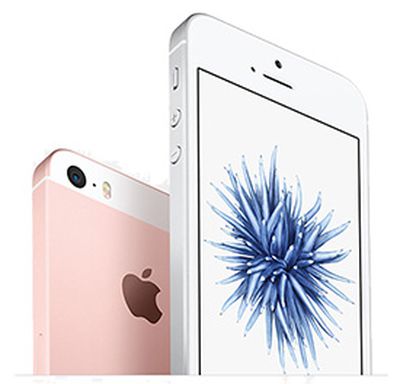 Target this week instructed its stores to return a number of iPhone SE models to Apple by today, March 1, according to a company memo obtained by MacRumors.
Target this week instructed its stores to return a number of iPhone SE models to Apple by today, March 1, according to a company memo obtained by MacRumors.

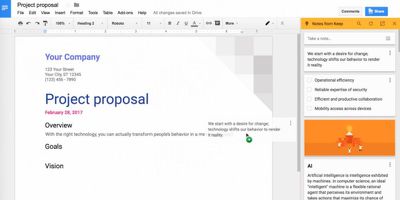

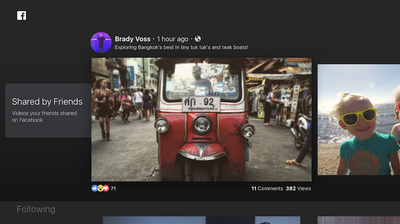



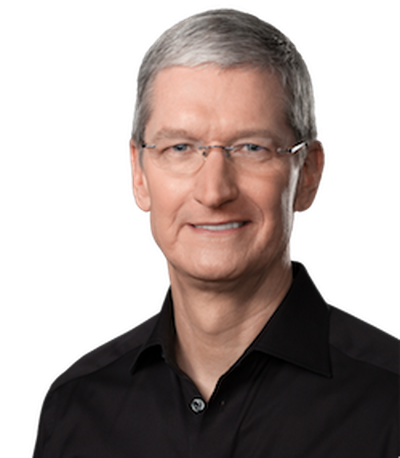 During a Q&A session at today's shareholder meeting held at Apple's Cupertino campus, Apple CEO Tim Cook reassured investors that Apple is still very much focused on its
During a Q&A session at today's shareholder meeting held at Apple's Cupertino campus, Apple CEO Tim Cook reassured investors that Apple is still very much focused on its 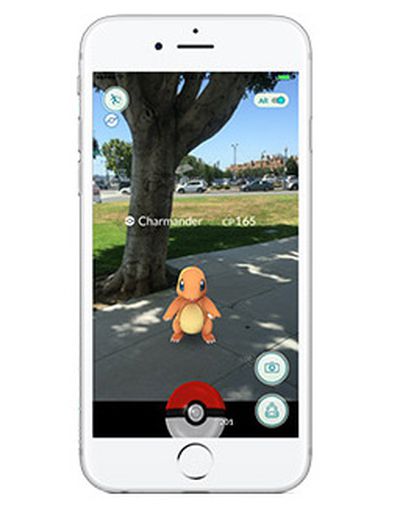 Augmented reality could be the "next big thing" for Apple, according to the latest research from UBS analyst Steven Milunovich.
Augmented reality could be the "next big thing" for Apple, according to the latest research from UBS analyst Steven Milunovich.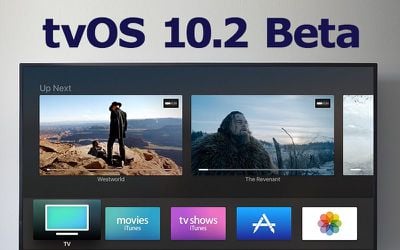
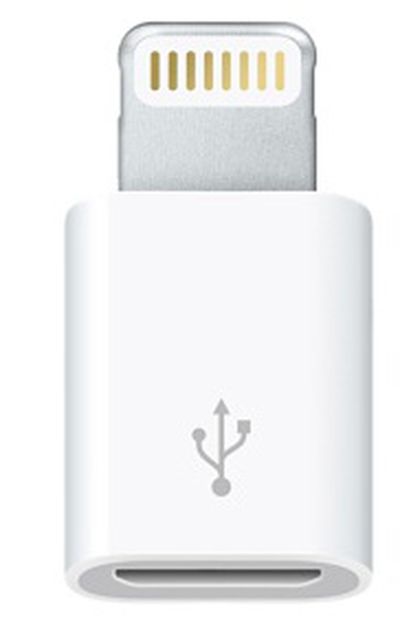 The Wall Street Journal today reported that at least one upcoming iPhone model will
The Wall Street Journal today reported that at least one upcoming iPhone model will 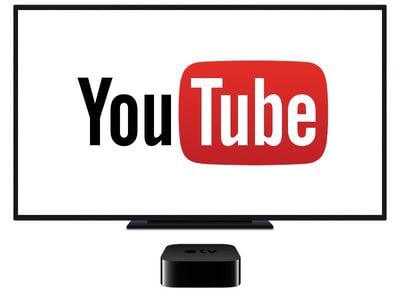


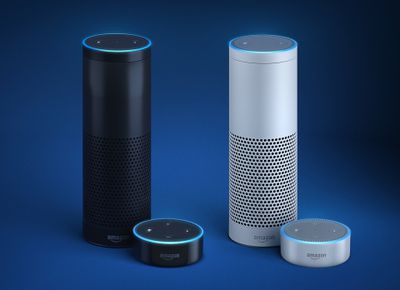
 SoundCloud has introduced a new lower priced subscription plan to entice users to sign up to its music streaming service, less than a year after its paid membership scheme was launched (via
SoundCloud has introduced a new lower priced subscription plan to entice users to sign up to its music streaming service, less than a year after its paid membership scheme was launched (via 












